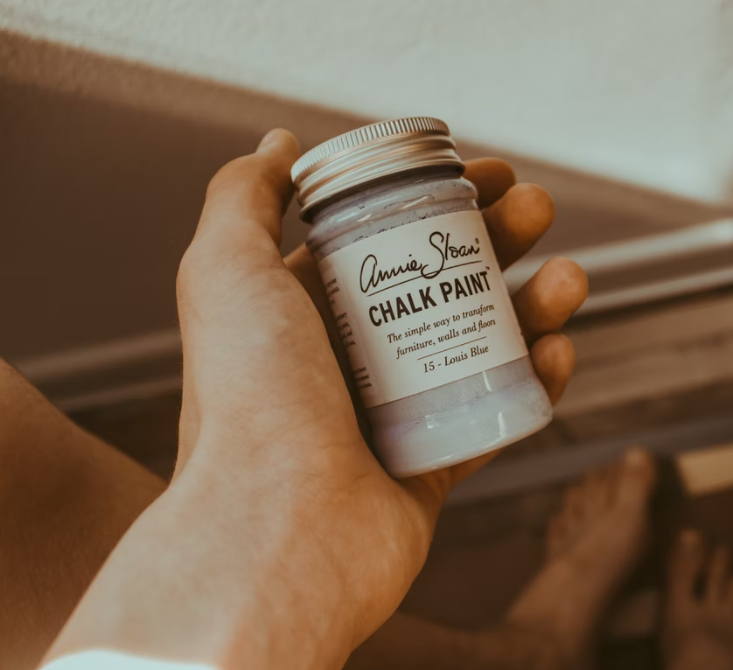6 Ways to Find Out If Your Drinking Water Is Safe

We all like to believe that the tap water we drink at home is clean and safe, and in most cases it’s true!

However, there are still plenty of horror stories splashed across newspapers every year that showcase the risks of drinking contaminated water. These stories continue to appear due to legislation rules, which mean that water suppliers only have to guarantee that water is safe to drink up until the moment it reaches your home’s supply pipes. From there, harmful substances can still easily enter your water supply because of rusting pipes or galvanised tap fittings. To help put your mind at ease, we’ve come up with six simple ways you can test the safety of your water, below:
1. Buy a Drinking Water Test
The most thorough way of ensuring sure your water is safe to drink is by sending away a sample of it for testing. You can buy a drinking water test online and have a sample bottle sent to your home. Once you have filled the bottle with your tap water, send it to the accredited laboratory for testing by independent specialists. Your tap water will be tested to see if it includes potentially health-threatening metals such as lead, copper or nickel. It will also be analysed for minerals and substances that cause hardness such as magnesium and calcium. The freshness of your water will also be determined through a PH and electrical conductivity test. Fresh tap water should act as an insulator, but if there is a high proportion of salt in the water, it can become an electrical conductor.

2. Check for Cloudiness
A much more basic test is to simply check whether your water is clear. Cloudy or turbidity water can signify the presence of chemicals or pathogens, which can become unsafe if drunk in large quantities.
Inspect Your Drinking Glasses and Sink
Deposits left on taps, sinks and drinking glasses can be a sign that your water source is contaminated. The build-up of substances on such items is usually attributed to hard water, which contains a higher percentage of calcium or magnum. While those two chemical elements aren’t thought to pose any harm in small quantities, they could be an indicator of more dangerous metals lurking in your water supply.

Smell It
Water is odourless, which means that smell can be a great indicator that something isn’t quite right with your plumbing. A rotten egg or sewage aroma could mean that your water contains a colourless gas called hydrogen sulphide. This gas occurs naturally in groundwater but can become an irritant to the human body when it transforms into sulphate due to bacteria found in water pipes. If your water smells like your local swimming baths, it could contain excess chlorine. The EPA (Environmental Protection Agency) use chlorine to eliminate pathogens and germs, but it can lead to diarrhoea and nausea if it rises over the legally allowed limit of 4mg/L.

Taste It
Ageing pipes pose both a bacterial and rust risk. Rusting pipes, for example, can cause metals such as iron, zinc and copper to find their way into the water supply. Such contamination can usually be tasted. The flavour will have either a metallic or salty aftertaste that’s unpleasant to the human palate.
Look at It
Finally, any changes in colour to your drinking water are a tell-tale sign that something is seriously wrong. Green or blue water may look pretty but it’s also likely to be the most dangerous. The colours indicate high levels of copper, which is usually caused by corroding pipes. Drinking such water can cause kidney and liver damage so avoid doing so at all costs.







Leave a Comment